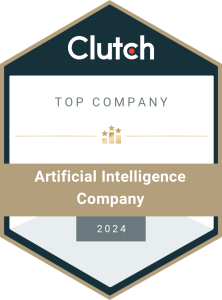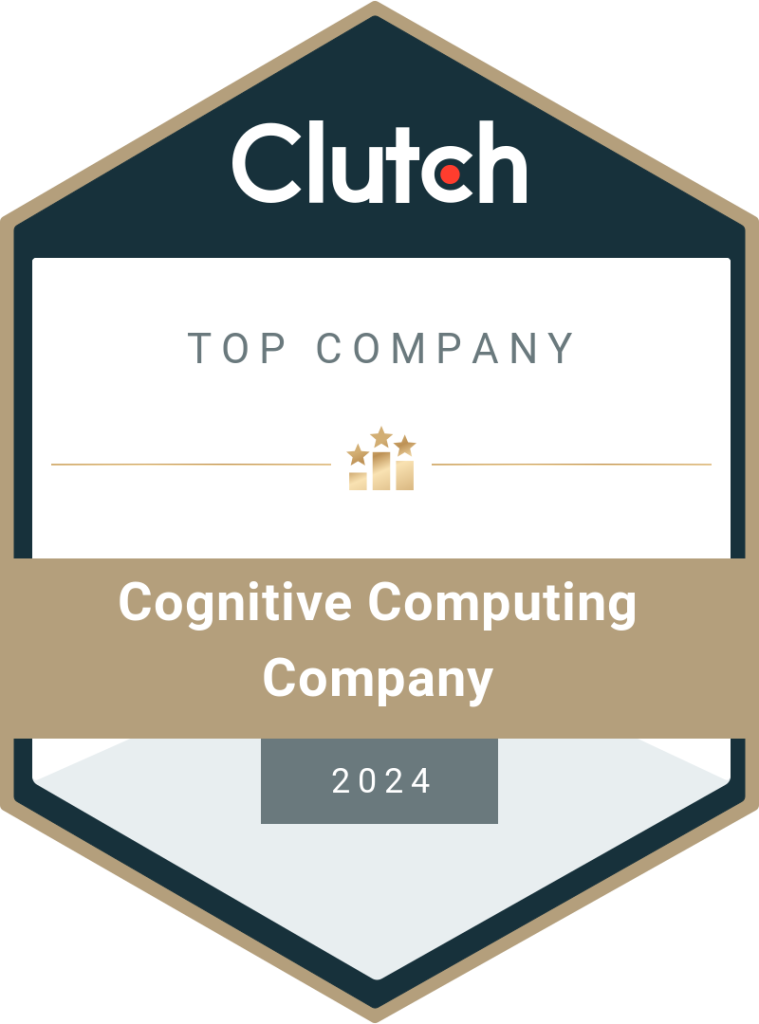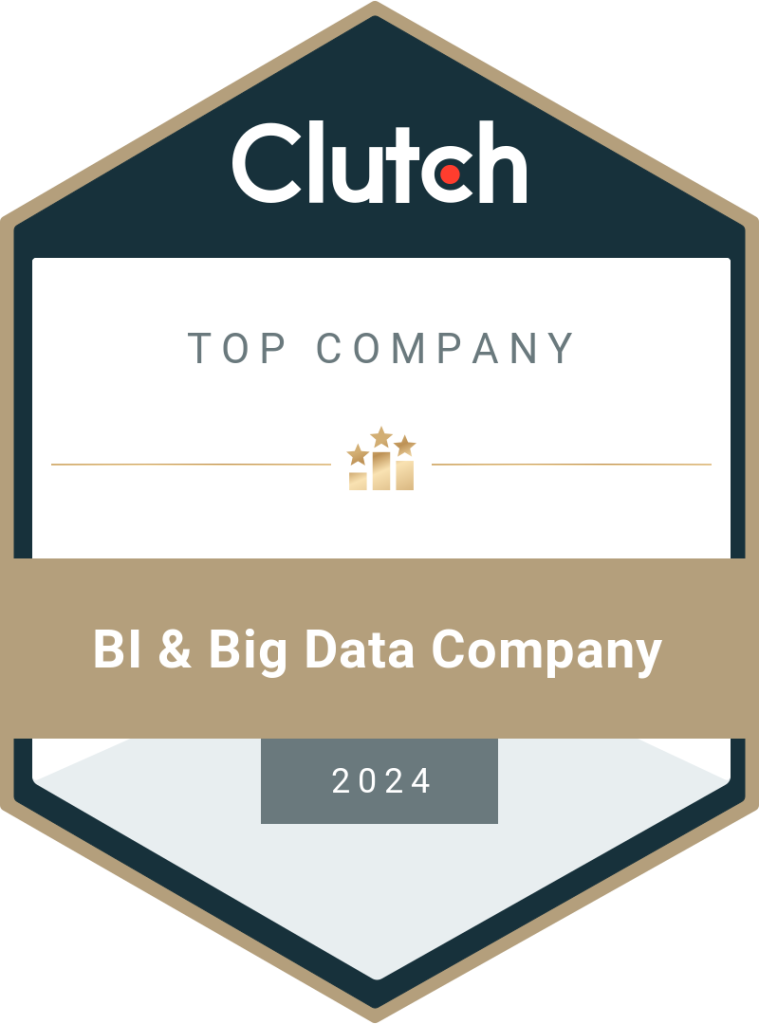How AI Can Help You Build Your Dream App!
We see artificial intelligence everywhere! It has a key role in app development too, be it speeding up the process or enhancing user experience. AI can indeed help you build your dream app or other AI/ML-based products and release it into the market. Let’s discuss how AI app development can be done. Artificial intelligence is no longer a distant technology. It is a part of our everyday lives and used by many people in one way or another. The advent of generative AI has led to major developments where almost anyone can create art, music, and apps without making heavy investments. While the results and ethical issues are debatable, we cannot ignore how AI has been integrated into our lives. According to Grand View Research, the global artificial intelligence market is estimated to grow by a CAGR (compound annual growth rate) of 37.3% and reach $1,811.8 billion by 2030. ChatGPT is the fastest-growing AI application, with over 180.5 million global users, of which 100 million are active weekly. This includes 92% of the Forbes 500 companies. Many individuals, entrepreneurs, and business organizations want to build an app with AI to suit their specific requirements. While this was expensive a few years ago, AI app development is now a cost-effective solution for building and deploying a customized application. In this blog, we’ll understand the role of artificial intelligence in building apps and see how you can build your dream app using AI. Role of AI in Apps Development AI app development is versatile and user-friendly. It helps streamline the ideation to implementation journey by reducing the risk of errors and speeding up lengthy processes. From automating code generation to debugging and reasoning, AI can be used in many ways. Machine learning and natural language processing are used to train the app to read and understand user input and provide relevant output. We live in a competitive world where businesses cannot afford to wait for months and years to release an application. AI for app development is a quick and effective solution to overcome this problem and take new apps to customers in less time. It’s no surprise that the demand for AI product/ app development companies have increased in recent times. Though you can use generative AI or ChatGPT to build your app, partnering with an experienced company will give long-lasting results. You can also hire their maintenance and support services to ensure customer satisfaction and higher ROI. Here are a few ways to use AI product development tools: How to Use AI for App Development Developing an application requires a lot of groundwork, coding, testing, documentation, etc., which leaves the teams on a tight schedule to get everything done in time. However, an AI product development team can streamline the tasks effectively and stay one step ahead. How, you ask? Find out below. Project Management Building and launching an app is a project, isn’t it? The success of your app also depends on how well you manage and organize the entire process. Artificial intelligence can help with planning, monitoring, measuring, collaborating, testing, and a lot more. It speeds up the process and increases the efficiency, accuracy, and performance of the app development team. For example, AI can automate recurring tasks, send alerts and reminders, schedule meetings, manage milestones, and support strategic data-based decision-making. AI also promotes innovation while reducing the risk of error. It makes collaboration easier, thus minimizing communication issues between team members. Automated Code Generation An app requires several pages of code. While all of it doesn’t have to be manually created from scratch (sections of code are taken from open-source and edited), the rest of the work falls on the programmer. With AI app development, most of the code can now be generated automatically. The programmer provides the input parameters for the system to write the code on its own. AI-generated code already adheres to the coding practices and brings more consistency to the project. While AI may not be 100% accurate with intricate logic commands, that part can be handled by the programmer. The boring sections can be auto-generated. It saves time and ensures human expertise. A win-win situation for everyone, isn’t it? Github Copilot is an example of an AI-powered code generation tool. Predictive Analytics Predictive analytics combines statistics and modeling techniques to predict an outcome for the given input. App developers run analytics on historical and present data to get insights about potential bugs and glitches that may arise during the project. From predicting how many lines of code will be written to calculating the resources required, predictive analytics helps app developers in many ways. Predictive analytics is a part of advanced analytics run using AI and ML models. Large datasets are analyzed to make data-driven decisions about project timelines, expenses, risks, opportunities, marketing, etc. Enhance User Experience How can you forget user experience? Keeping the end user happy with the app is the primary goal. While many want to create the best app for users, the execution is far from easy. AI can help here. AI product development companies use machine learning algorithms to analyze data and generate reports about user preferences. This gives them the metrics or indicators that help in adding features to the app. They are also useful for measuring the app’s performance during testing and debugging. Building apps backed by proper research will increase user experience, bring higher engagement, and establish the brand image. Natural Language Processing NLP is used to make a machine under human language in the proper context. It plays a vital role in bridging the gap between human and machine communication. NLP makes apps more intuitive and user-friendly. In fact, it is considered a reliable tool to create user-centric applications. Moreover, NLP-powered tools convert descriptions and feedback into actionable insights for the app-development team. It also automatically translates user requirements into an understandable format, making it easy for developers to customize the application for a wide range of audiences. An example of NLP in app development is a chatbot that responds
Read More





